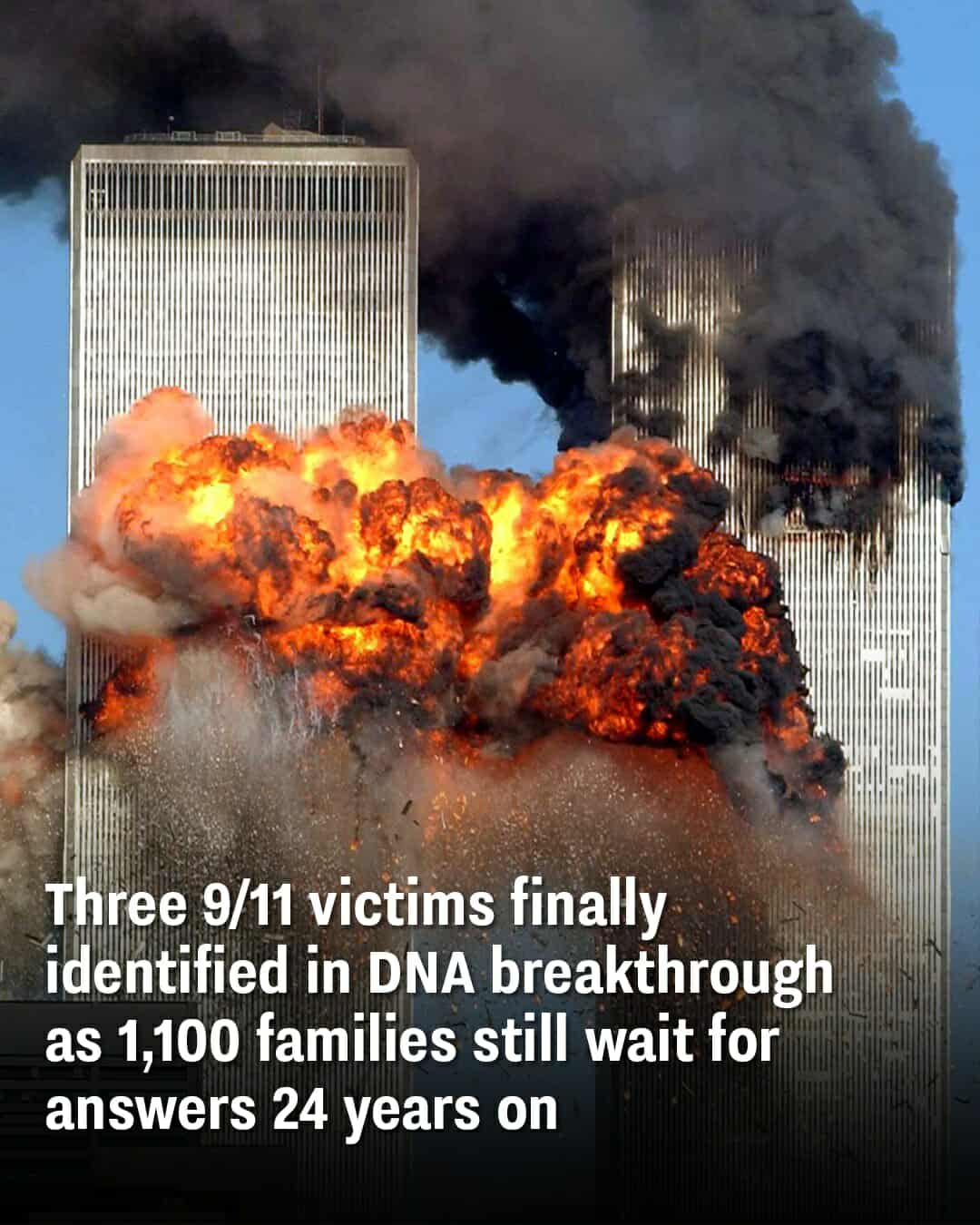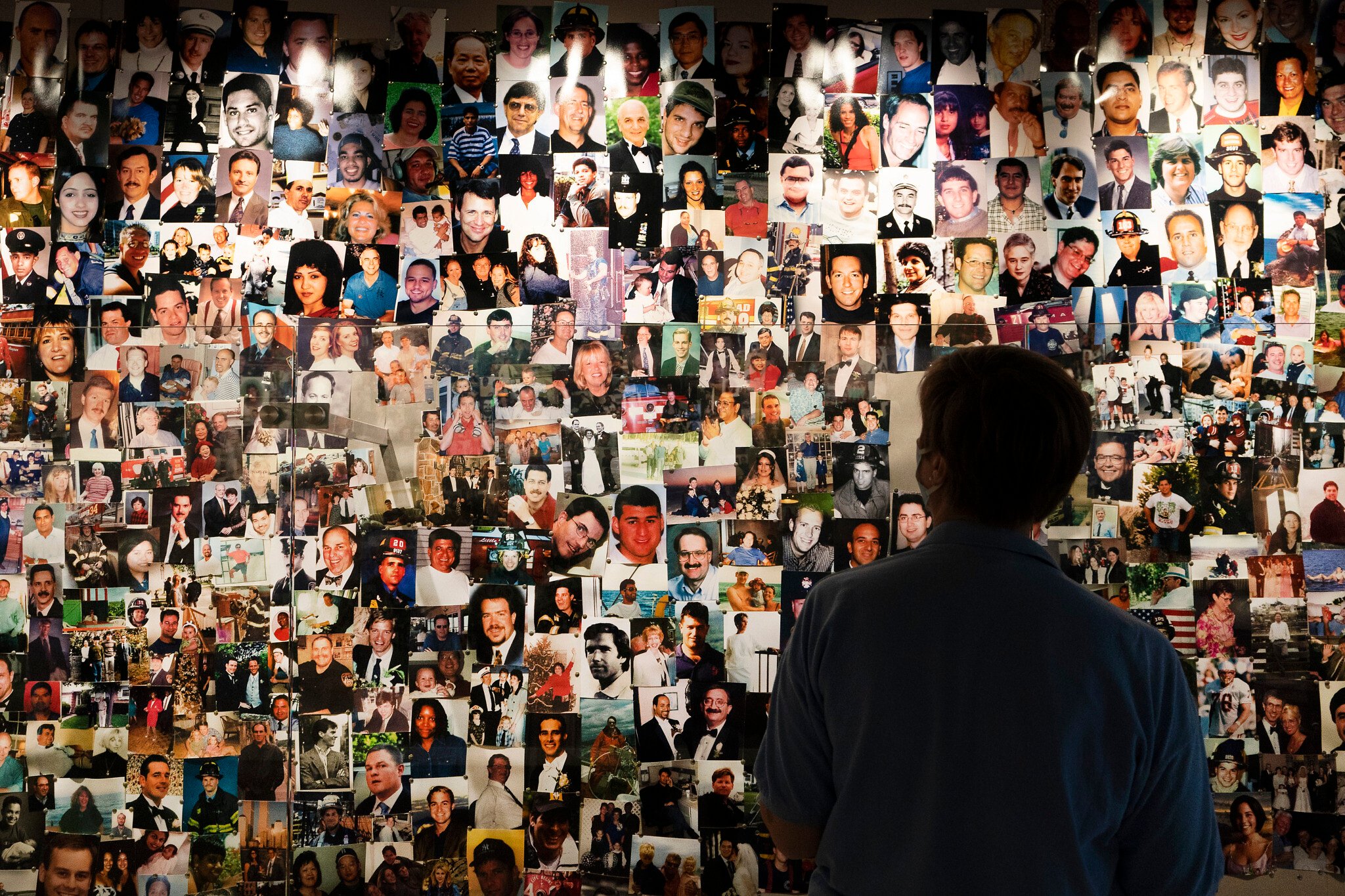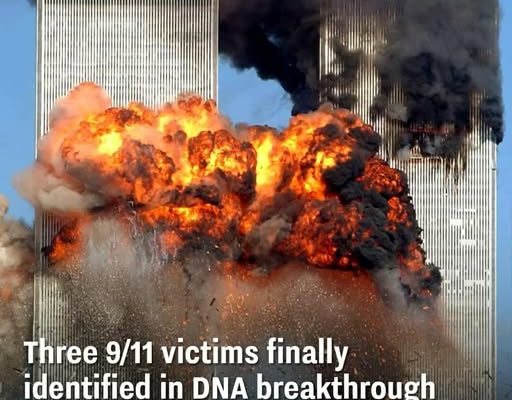
For nearly 24 years, the families of three 9/11 victims lived with an unending ache — the absence of answers. They had memories, photographs, and stories, but not the final confirmation of their loved ones’ identities. Then, in early August 2025, the call came.

The New York City Office of the Chief Medical Examiner (OCME) announced on August 7 that advanced DNA technology had made it possible to confirm the identities of three more victims of the September 11, 2001 terrorist attacks. For the families, the moment brought a bittersweet mix of relief, grief, and the quiet solace of knowing that their loved ones’ remains had finally been found.
The Victims Behind the Names
The newly identified victims are:
-
Ryan Fitzgerald, 26, from Floral Park, New York. He had just started his job at the foreign currency exchange desk at Fiduciary Trust in the South Tower of the World Trade Center. Living on his own in Manhattan for the first time, Ryan’s future was only beginning to unfold.
-
Barbara Keating, 72, a grandmother from Palm Springs, California. She was aboard American Airlines Flight 11, which was hijacked and crashed into the North Tower.
-
An unnamed woman, whose family requested privacy. Her identity will remain undisclosed to protect the family’s wishes.

Each of these individuals was among the 2,976 people who lost their lives that day. They now join the 1,653 victims positively identified since the attacks — a number that represents both scientific achievement and the ongoing commitment to remembrance.
How Science Rewrites the Timeline
Fitzgerald’s remains were first recovered in 2002. Keating’s, along with the unnamed woman’s, were recovered in 2001. Yet at the time, forensic science had not advanced enough to provide a definitive match.
Today, thanks to breakthroughs in DNA sequencing and forensic analysis, the OCME has been able to identify remains that once seemed beyond recognition. This process involves re-testing stored samples using new methods, often prompted by renewed contact with families who continue to hope for closure.
According to Chief Medical Examiner Dr. Jason Graham, this is the largest and most complex forensic investigation in U.S. history, and the mission is far from over. Approximately 1,100 victims of the attacks still remain unidentified, and the city’s forensic teams remain committed to continuing the work for as long as it takes.
The Enduring Weight of Loss
The identification of these three victims resonates far beyond their immediate families. As New York Mayor Eric Adams stated:
“The pain of losing a loved one in the September 11th terror attacks echoes across the decades. With these three new identifications, we take a step forward in comforting the family members still aching from that day.”
For the families, the passage of time hasn’t dulled the loss. Instead, anniversaries, memorials, and now the sudden resurfacing of new information often bring emotions rushing back. The moment of identification is both a final chapter and a reopening of old wounds.
Nearly 25 Years Later — Why This Still Matters
To some, the idea of working on identifications decades later might seem symbolic rather than essential. But for those who lost someone on September 11, the search is deeply personal. Each match represents a chance to reclaim a part of their loved one’s story, to know that they have been found, and to have a place for remembrance.
Dr. Graham emphasized:
“Nearly 25 years after the disaster at the World Trade Center, our promise to identify the missing and return them to their loved ones stands as strong as ever. Each new identification testifies to the power of science and the dedication to honoring the lost.”
The city’s work has become a symbol of perseverance — proof that even after decades, a promise made to the victims and their families will not be broken.
Remembering the Lives, Not Just the Loss

Ryan Fitzgerald, Barbara Keating, and the unnamed woman were more than numbers in a statistic. Ryan was a young professional starting out in New York, Barbara was a grandmother with stories and traditions to share, and the unnamed woman was a daughter, friend, or colleague whose memory remains alive in those who knew her.
Their identifications serve as a reminder that behind every name on the 9/11 memorial walls lies a life once filled with love, laughter, and plans for tomorrow.
A Legacy of Remembrance and Responsibility
As the 25th anniversary of 9/11 approaches, the identification of victims nearly a quarter-century later underscores the enduring responsibility to remember. It is a reminder that time may pass, but the obligation to honor and seek closure for those affected does not fade.
For the families, the journey has been long. For the city, the commitment remains unwavering. And for all who remember that day, these identifications are a call to never forget — not just the tragedy, but the individual lives that shaped the story of September 11.
Sources:
-
New York City Office of the Chief Medical Examiner – Official Statement
-
Mayor Eric Adams – Press Release on 9/11 Victim Identifications




